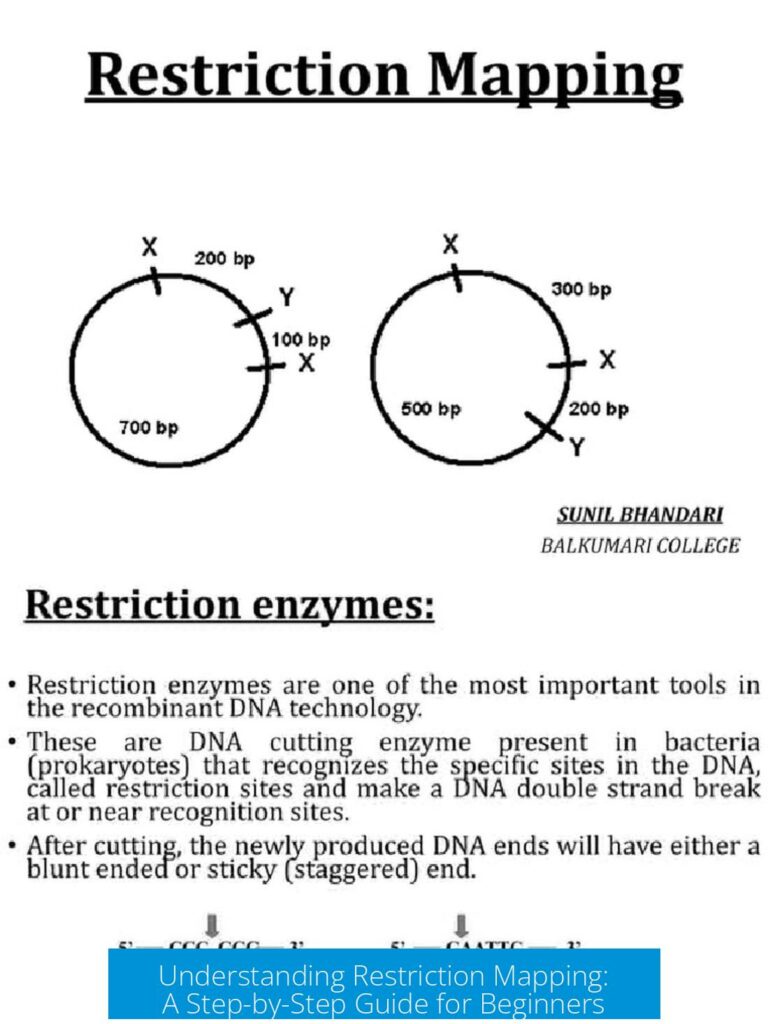The Extraction of Caffeine from Coffee: Common Questions and Methods

Caffeine extraction from coffee involves dissolving caffeine from coffee beans or grounds into a solvent, followed by isolation and purification. Common approaches include solvent extraction using organic solvents, supercritical CO2 extraction, and decaffeination techniques. Each method has distinct procedures, equipment needs, and purity outcomes.
1. Organic Solvent Extraction: Laboratory Approach
One traditional method involves dissolving caffeine from instant coffee in a basic aqueous solution, typically 0.1 M sodium hydroxide (NaOH). The basic environment helps release caffeine from other compounds. The solution is then extracted multiple times with dichloromethane (DCM), an organic solvent that selectively dissolves caffeine.
- The organic layer containing caffeine is separated and concentrated by evaporating the DCM using a rotary evaporator (rotavap).
- The crude caffeine is purified through recrystallization, often using water or ethanol as solvent.
- Purity is commonly assessed by measuring melting point, with pure caffeine melting around 235–238°C.
This method is typical in undergraduate organic chemistry labs due to its simplicity and clear phase separations. It extracts caffeine efficiently from instant coffee powder.
2. Modification for Roast Coffee Grounds
For non-instant coffee, such as roasted beans or grounds, the process is slightly more complex. One can soak the coffee grounds directly in DCM, allowing caffeine to dissolve over several hours. After soaking, filtration separates the solids from the solvent phase.
The solvent may be washed with a basic aqueous solution to remove acidic and polar impurities. This method requires longer contact time for caffeine to diffuse from solid matrix into the solvent. Multiple washes improve caffeine yield.
3. Industrial Supercritical CO2 Extraction
The most advanced extraction method uses supercritical carbon dioxide (sc-CO2), where CO2 is brought to high pressure and temperature to a supercritical state. In this form, CO2 behaves as both gas and liquid, providing excellent solvent properties without toxic residues.
- Green coffee beans are exposed to sc-CO2 which selectively dissolves caffeine, leaving waxes and fats behind.
- The caffeine-rich CO2 stream is passed through a wash column containing acidified water where caffeine transfers into the aqueous layer.
- Activated charcoal further purifies the aqueous caffeine solution by adsorbing residual pigments and impurities.
- Evaporation concentrates the solution, and caffeine crystallizes on cooling or by precipitation.
The caffeine obtained typically reaches about 90% purity and contains minor alkaloid impurities and degradation products. This method preserves flavor and aroma better than solvent extraction.
4. Historical Use of Organic Solvents
Prior to supercritical CO2 methods, common solvents were dichloromethane (methylene chloride) and ethyl acetate. Both dissolve caffeine well but pose environmental and safety concerns due to volatility and toxicity.
Decaffeination using these solvents involves soaking green (unroasted) coffee beans in them. This pre-roasting step avoids flavor changes caused by roasting mixed with caffeine extraction.
5. Timing of Caffeine Extraction Relative to Roasting
Extraction is generally performed on green coffee beans—unroasted beans. Roasting changes the chemical matrix, making caffeine less accessible and complicating extraction.
Industrial decaffeination and caffeine isolation processes target green beans before roasting. This allows better caffeine recovery and less damage to flavor components.
6. Small-Scale Caffeine Extraction Procedure
An accessible extraction involves:
- Placing 50–100 mL of ground coffee in a sealed container with about 250 mL of an organic solvent such as DCM or ethyl acetate.
- Soaking—allowing the coffee and solvent to sit for 6–24 hours, shaking occasionally to facilitate transfer.
- Filtering the solution to remove coffee grounds, leaving a solvent phase containing caffeine and other extracts.
- Carefully evaporating the solvent under controlled conditions since both DCM and ethyl acetate are flammable.
The residue contains a mixture of caffeine and other non-polar coffee compounds, like waxes and oils. Additional purification (e.g., recrystallization) is required for pure caffeine.
7. Decaffeination Processes and Water Extraction
Most commercial decaffeination starts by soaking green coffee beans in hot water to dissolve caffeine and many soluble compounds. Two approaches follow:
- Swiss water method: Uses activated carbon filters to remove caffeine selectively from the soaking water. This retains flavors in the beans.
- Solvent extraction: Uses ethyl acetate or methylene chloride to remove caffeine from the water. The water is then returned to beans for flavor retention.
These procedures demonstrate caffeine’s solubility in water before solvent transfer.
8. Practical Advice on Obtaining Caffeine
Extracting caffeine at home or in a lab can be time-consuming and requires handling volatile solvents and specialized equipment. For pure caffeine, purchasing caffeine powder from chemical suppliers or extracting from caffeine tablets is simpler and safer.
These methods avoid complexity and yield higher purity caffeine for research or personal use.
Summary of Key Points
- Caffeine extraction typically starts by dissolving caffeine from coffee (usually green beans) into a solvent phase.
- Basic aqueous solutions and dichloromethane are common in academic extractions, with recrystallization purifying caffeine.
- For coffee grounds, soaking with solvents and filtration with washes removes caffeine and impurities.
- Supercritical CO2 extraction is modern, efficient, flavor-preserving but requires special equipment and yields ~90% pure caffeine.
- Historical solvents include dichloromethane and ethyl acetate; both face safety and environmental concerns.
- Decaffeination uses soaking green beans, activated carbons or solvents to selectively remove caffeine.
- Small-scale extraction requires careful handling of flammable solvents and purification for pure caffeine.
- Buying caffeine powder or extracting from caffeine pills is a practical, safer alternative to complex extraction.
How does the basic aqueous solution aid caffeine extraction from instant coffee?
The coffee is dissolved in 0.1M NaOH, which helps release caffeine into the solution. This makes caffeine easier to extract selectively with an organic solvent like dichloromethane (DCM).
Can caffeine be extracted directly from coffee grounds using organic solvents?
Yes. Soak coffee grounds in DCM for several hours, filter to remove solids, then wash the extract with a base to eliminate impurities before evaporating the solvent.
What benefits does supercritical CO2 offer for caffeine extraction?
Supercritical CO2 removes caffeine without harmful chemicals. It leaves waxes and fats behind and tastes less affected. It requires special high-pressure equipment.
Why is caffeine extraction performed on green (unroasted) coffee beans?
Extraction occurs before roasting because green beans allow better caffeine removal. Roasting changes the bean structure and compounds, making extraction harder.
What purification steps follow solvent evaporation in caffeine extraction?
After evaporating solvents like DCM or ethyl acetate, the residue includes caffeine and other compounds. Recrystallization or activated charcoal treatment is needed to purify caffeine further.
Is it practical to extract caffeine at home rather than buying caffeine powder?
Extracting caffeine is complex and requires safety measures handling flammable solvents. Buying pure caffeine powder or using caffeine pills is often easier and safer.





Leave a Comment